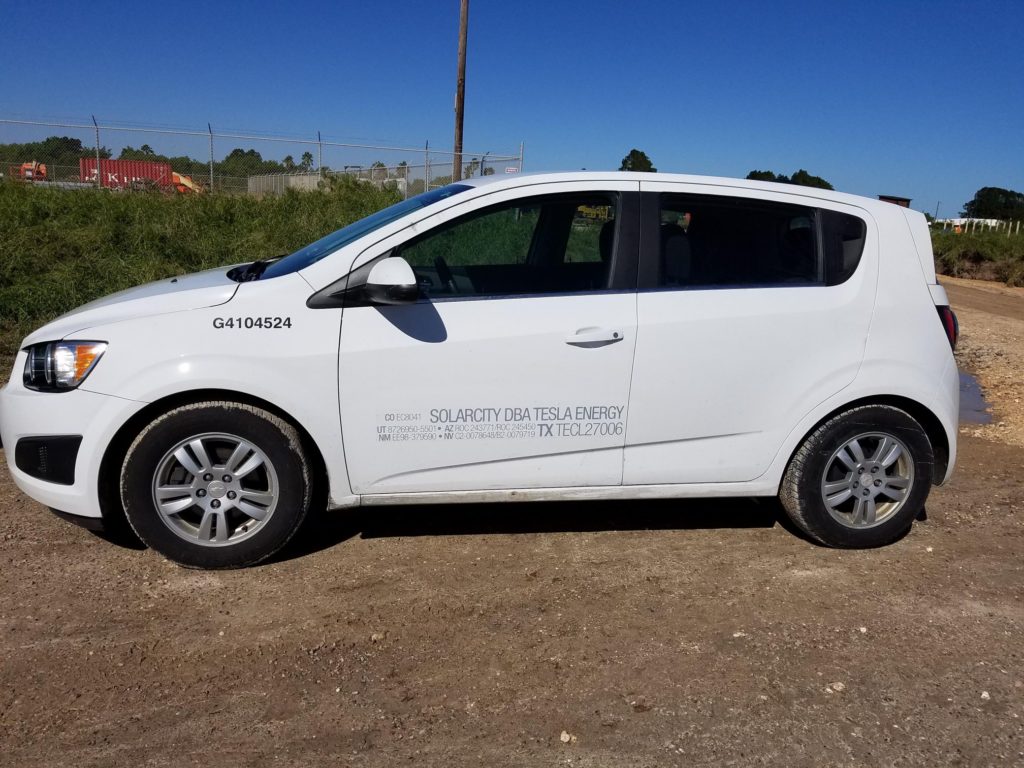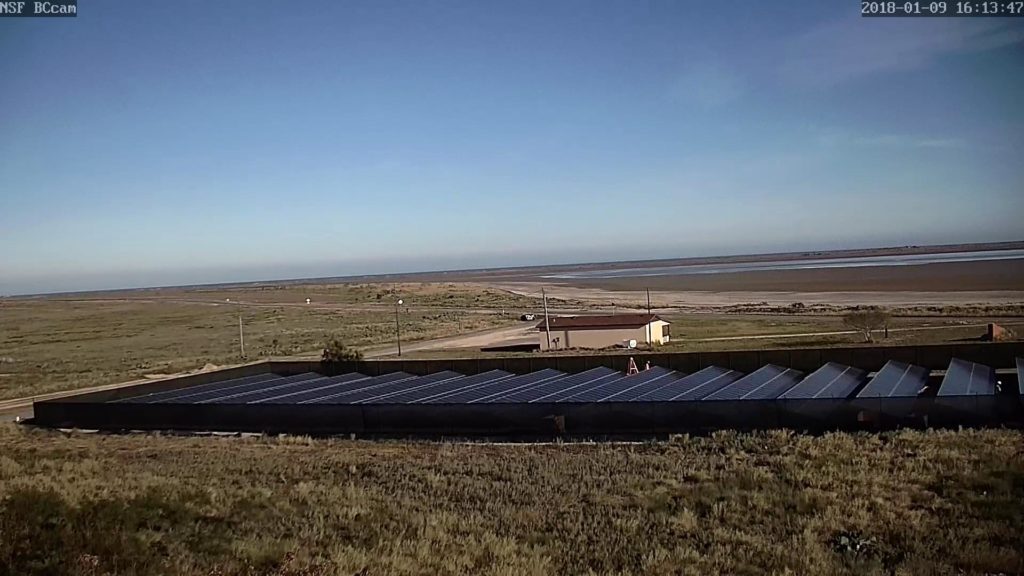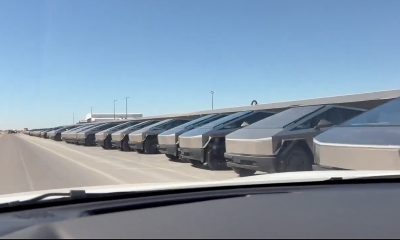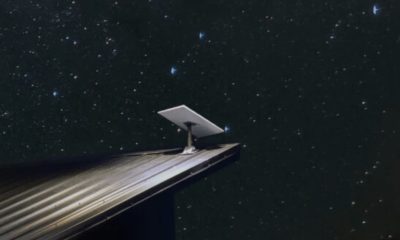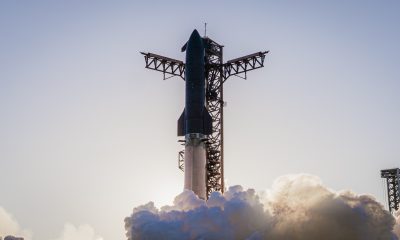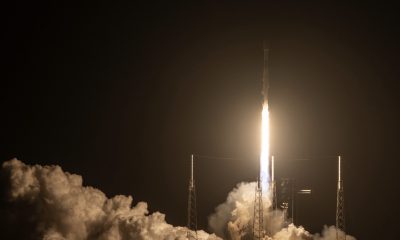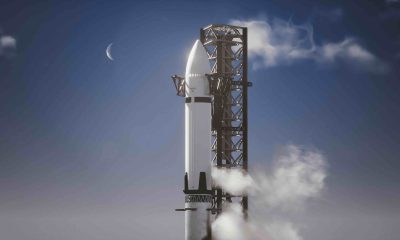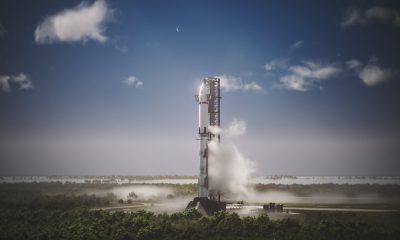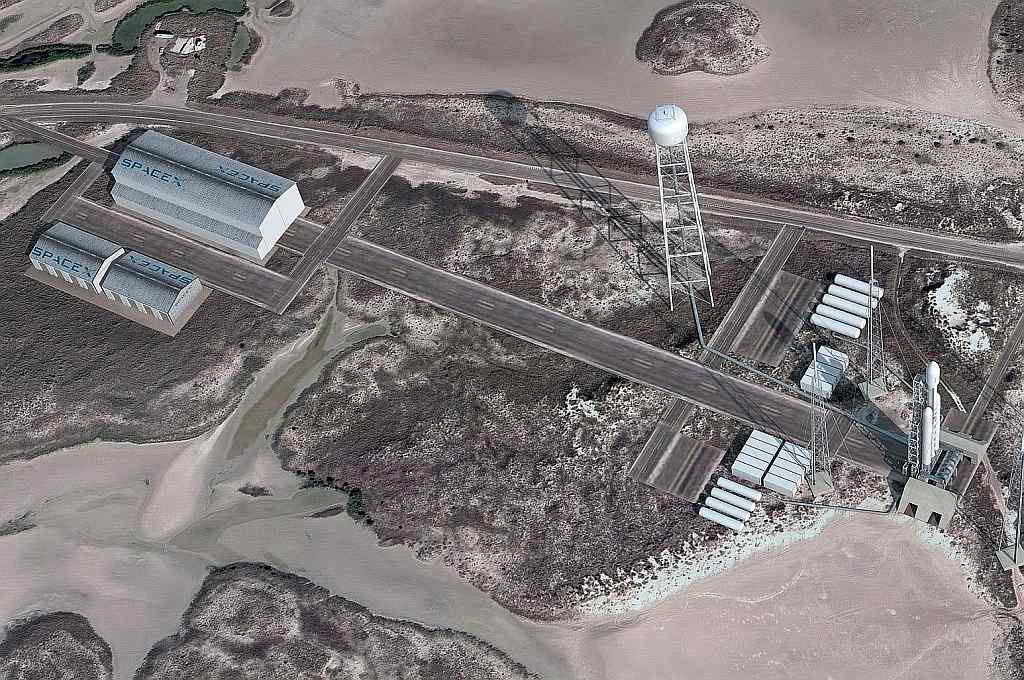
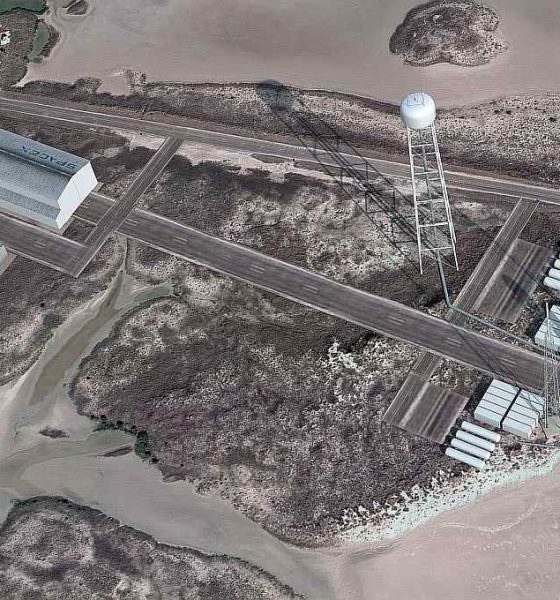
News
SpaceX could begin testing its Mars rocket in Texas by late 2018, early 2019
On the heels of a successful wet dress rehearsal for Falcon Heavy, SpaceX’s President and COO Gwynne Shotwell spoke briefly about SpaceX for an aerospace conference located at Texas’ Academy of Medicine, Engineering & Science. Ars Technica’s senior spaceflight editor Eric Berger was in attendance and provided a rough outline of live tweets during the first group of presentations.
While the phrasing cannot provide absolute confirmation, Berger summarized a statement by Shotwell suggesting that SpaceX’s Boca Chica, Texas launch site, currently in the early stages of construction, could be ready to host “vehicle tests” as soon as late 2018, early 2019. At this point in time, based on comments from Shotwell and CEO Elon Musk, it can be reasonably assumed that SpaceX’s Texas launch facilities will be dedicated mainly to the company’s interplanetary colonization efforts, and will probably be tailored to support the testing and eventual launches of BFR/BFS.
Some news from Shotwell: Brownsville launch site ready for vehicle tests in late 2018, early 2019. Move to launch site after that.
— Eric Berger (@SciGuySpace) January 11, 2018
After nine months of earnest construction and rehabilitation, SpaceX’s LC-40 pad was recently reactivated and has since supported two launches without any major hitches. At the same time, LC-39A in flux in order to support launches of SpaceX’s new Falcon Heavy rocket, the size of which required some concomitant upgrades to multiple ground systems. With both of those major tasks now effectively complete, SpaceX’s pad construction team is free to either refocus their efforts towards Boca Chica. Over the past several months, Boca Chica has seen a gradual but consistent level of development, mainly by way of unaffiliated SpaceX contractors. These changes have been dutifully tracked over the last several years on NASASpaceflight.com forums by a handful of friendly local residents interested in the changes coming to Boca Chica and Brownsville, Texas, a nearby town.
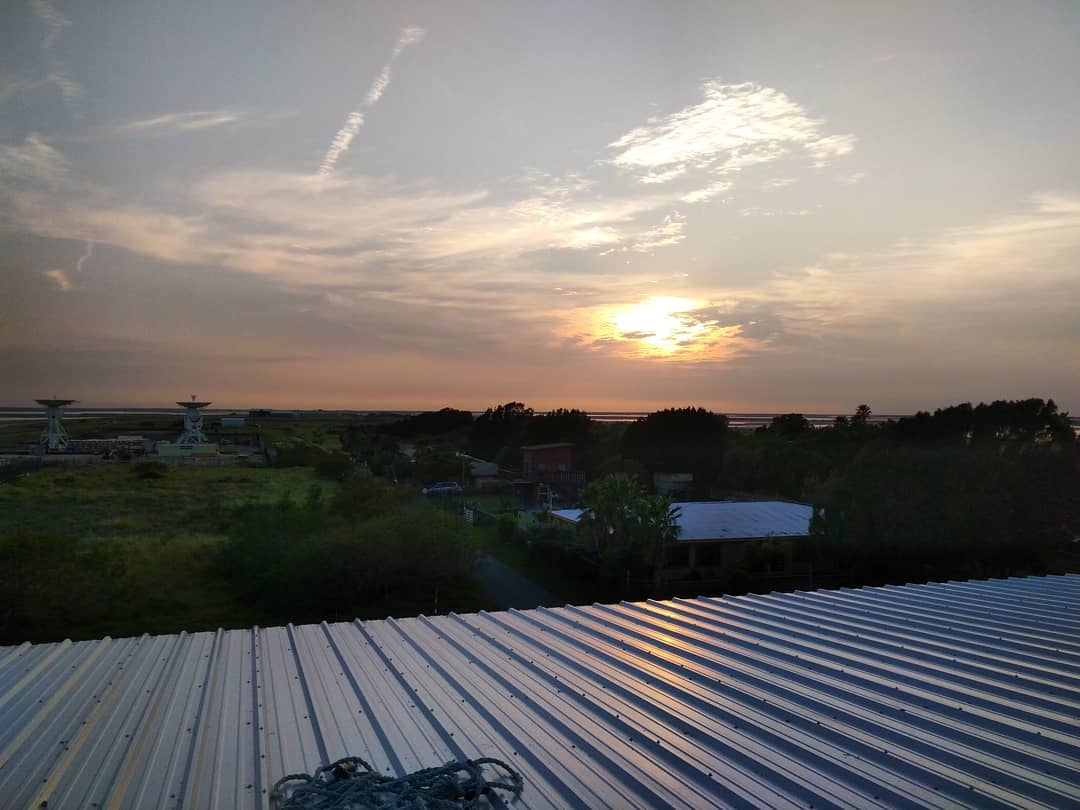
SpaceX’s Boca Chica facilities and STARGATE dishes (center-left) seen at sunset from the top of the giant crane garage. (anonymous Instagram user)
Most significantly, the last several months have seen three major developments. First and most prominently, a permanent facility called STARGATE externally appears complete and its two large radio communication dishes have been installed nearby. The STARGATE facility is a public-private partnership between the University of Texas at Brownsville (now part of University of Texas Rio Grande Valley) and SpaceX, with the academic components focusing on research that SpaceX undoubtedly has interest in: improved orbital spacecraft tracking and communications. Operationally, SpaceX will use the facilities to communicate with and operate its Crew Dragon spacecraft during launches, set to begin with an uncrewed demonstration mission as early as August 2018.
Second, an absolutely massive trolley crane appeared on SpaceX’s land and was eventually housed in an apparently purpose-built shed. The crane dwarfs anything currently used at SpaceX’s launch facilities and is almost certainly a custom-ordered piece of equipment, and thus would be both expensive and explicitly purposeful. What that purpose might be is currently unknown, but it is entirely plausible that the crane is intended to support initial testing (or even limited manufacturing) of SpaceX’s first BFS prototype rockets. This speculation has now been strengthened by Shotwell’s January 11 2018 comment on potential “vehicle tests” occurring at the site within a year or so, and also meshes with a presentation she gave in October 2017 at MIT. It also fits with Elon Musk’s 2017 IAC comments that BFR construction tooling and facilities were respectively already ordered and under construction.
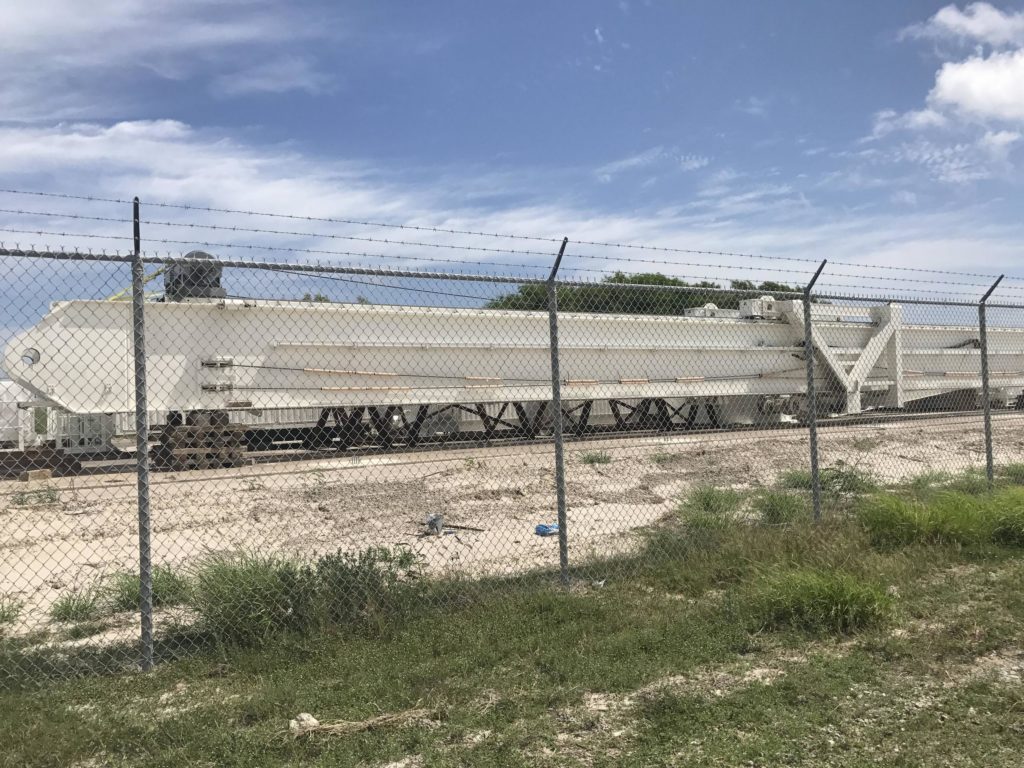
The boom of the giant crane seen in late 2017, parked at SpaceX’s Boca Chica facilities. (Reddit /u/ ticklestuff)
Third and last, the aforementioned SpaceX-following locals observed the early stages of a solar power install beginning on some of SpaceX’s Boca Chica land in late 2017, and also noted that at least some of its contractors were part of Tesla Solar. Plans and permits for solar power were acknowledged as far back as 2014, although at that point the contractor was Solar City (now a part of Tesla). A handful of months later, NASASpaceflight user and all-around awesome guy Nomadd has installed a webcam on a tall pole with a wonderful view of both the solar installation (now nearly completed) and STARGATE. The acre of solar panels can be expected to produce as much as half a megawatt (MW) at peak sun, likely more than enough to offset a considerable amount of the facilities’ electricity usage even after it begins to be see serious use.
- A Tesla Energy/Solar City contractor’s vehicle spotted at the Boca Chica solar installation. (NSF /u/ bocachicagal)
- As of last week, the solar installation appears to be nearly complete. (NSF /u/ Nomadd)
Originally announced as an additional Falcon launch facility in 2014, Boca Chica has remained relatively dormant over the last three years, and it is truly exciting to see activity ramping up. There are admittedly significant barriers that will prevent SpaceX from effortlessly repurposing its Boca Chica pad for BFR, a much larger rocket. If SpaceX intends to do that, they will almost certainly need to pass a significantly updated FAA environmental impact review and account for any remediations that might be required. Still, that is a small ask for for Brownsville’s local government and Texas as a whole, both of which have clearly enjoyed and begun to benefit from SpaceX’s presence in the otherwise unknown area. SpaceX is unlikely to give up on Boca Chica in the near term, so long as Ms. Shotwell maintains her belief that it is effectively the perfect location for BFR launches.
Overall, Shotwell’s comments over the last several months and today in particular are increasingly encouraging, and things are likely to only speed up as 2018 progresses, allowing SpaceX to focus more and more of its expertise on BFR, BFS, and its South Texas testing and launch facilities.
Full disclosure: As Shotwell did not specify which vehicle or vehicles could be expected to begin testing in 2018/2019, it is possible that Falcon 9, not BFR, was the statement’s target. This article should be taken with a grain of salt, as it is educated speculation based upon public information from SpaceX executives and Texas contractors. Teslarati reached out to SpaceX for additional information, but the company was unable to comment further on Shotwell’s presentation at the moment.
News
Tesla Cybercab sightings on public roads are becoming more frequent
After it was unveiled a year ago by Tesla, the company has made some pretty drastic jumps in progress in terms of the Cybercab, but a recent development has truly pushed fans of the company to think it is probably going to be available soon.
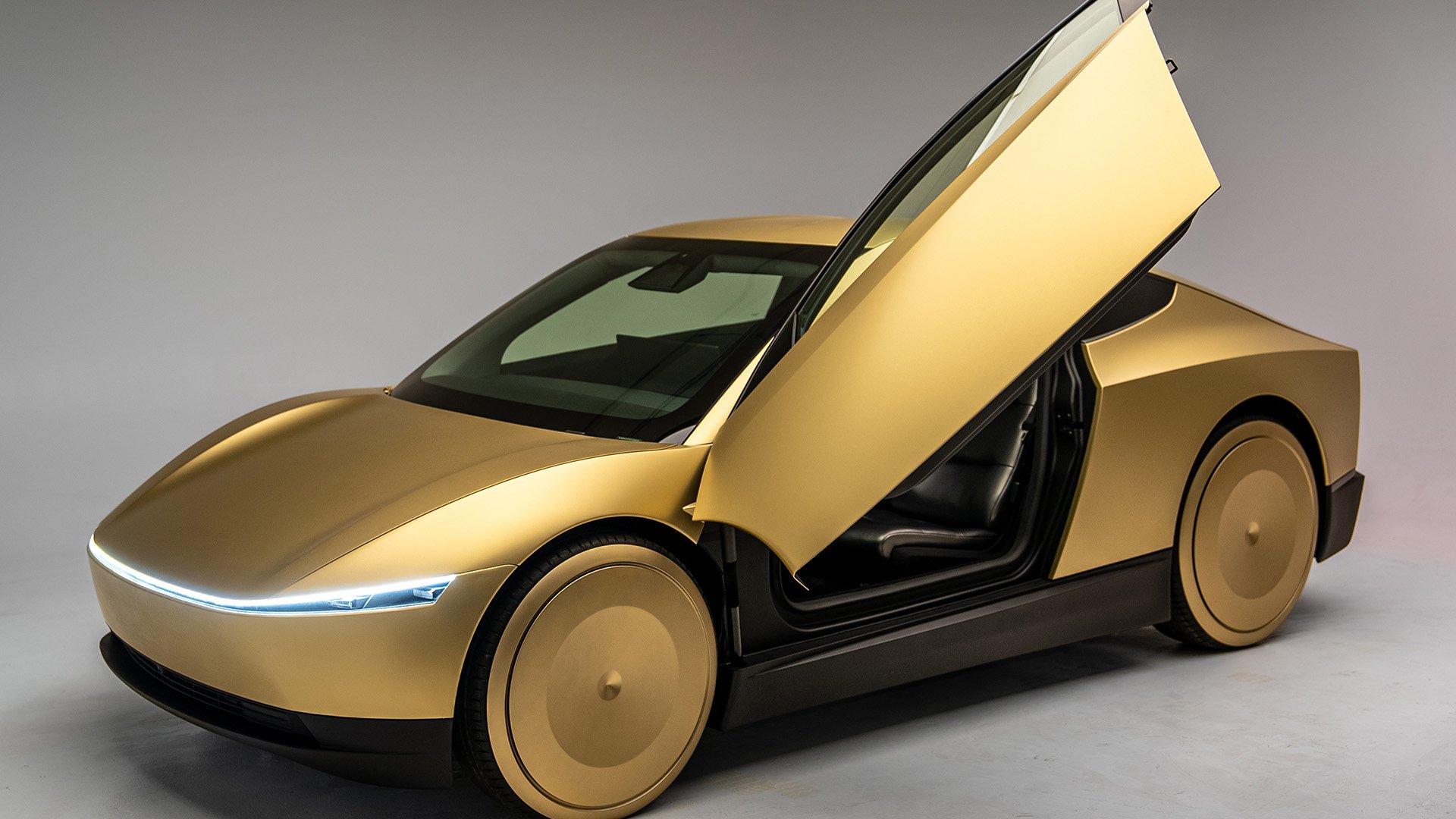
Tesla Cybercab sightings on public roads are becoming much more frequent, and they all are pointing to one thing: imminent production.
The Tesla Cybercab is the company’s vehicle developed for fully autonomous travel, as it will be manufactured without a steering wheel or pedals, according to CEO Elon Musk.
Tesla Robotaxi Cybercab: Seats, price, special features, release date, and more
After it was unveiled a year ago by Tesla, the company has made some pretty drastic jumps in progress in terms of the Cybercab, but a recent development has truly pushed fans of the company to think it is probably going to be available soon.
Last week, we reported on the first Cybercab sighting when the vehicle was finally being tested on public roads. The spotting was not a one-time deal, as we are now seeing many more sightings on public roads:
Saw it the other day pic.twitter.com/uv0geR6GIh
— Shareef Mahmoud (@saltyyshareef) November 6, 2025
The first spotting was in Palo Alto, just a few blocks from Tesla’s Engineering Headquarters in Los Altos. This second sighting appears to be relatively close to that first spotting, and it seems unlikely Tesla would be putting it on roads much further than that.
The public on-road testing of the Cybercab marks a major milestone in the entire project for Tesla. These early sightings and testing phases are usually followed by a lot of speculation about when the vehicle could end up in the hands of customers.
However, Tesla has already put a definitive date on when Cybercab production will begin, as Elon Musk said during the Q3 Earnings Call that it would roll off production lines in Q2 of next year.
But the speculation regarding the Cybercab is slightly different than other vehicles because Tesla has been developing it for fully autonomous travel; it’s not meant to be driven by humans but instead by software and the company’s Full Self-Driving suite.
Despite the vehicle being spotted with a steering wheel and pedals in the recent sightings, Musk has maintained that the Cybercab will not be developed with typical controls for a human. He recently confirmed this, and it does not seem the company is willing to veer too much from its plans for an autonomous car.
News
Tesla Model Y Performance is rapidly moving toward customer deliveries
New drone images from noted drone operator and Gigafactory Texas observer Joe Tegtmeyer show Tesla is moving forward quickly in terms of its progress in producing the new Model Y Performance.
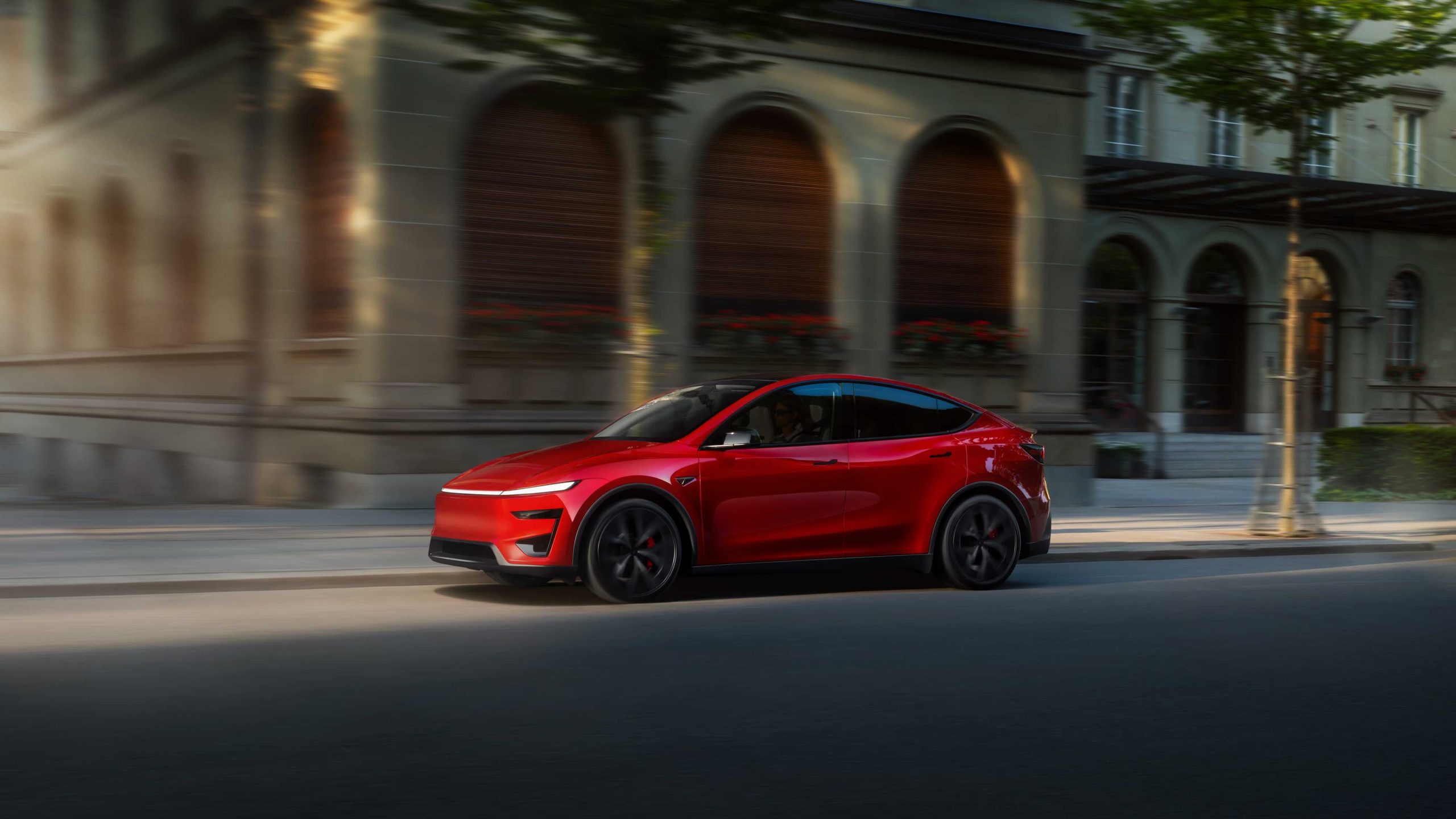
Tesla has rapidly progressed in the production of its most anticipated Model Y trim level: the Model Y Performance.
New drone images from noted drone operator and Gigafactory Texas observer Joe Tegtmeyer show Tesla is moving forward quickly in terms of its progress in producing the new Model Y Performance.
The vehicle is being spotted more frequently at the factory located just outside of Austin, with what appears to be the first units rolling out to outbound lots:
In case you missed the news, Giga Texas has begun Model Y Performance production. Now all variants of the Model Y (except the China-only YL) are built in Texas. pic.twitter.com/AOOB9jtLwN
— Joe Tegtmeyer 🚀 🤠🛸😎 (@JoeTegtmeyer) November 6, 2025
In the United States, Tesla unveiled the Model Y Performance on September 30, the newest iteration of the fastest trim level of the best-selling car in the world for the past two years. It was launched on the very last day of the $7,500 electric vehicle tax credit in the United States.
It featured a handful of performance improvements, including a 0-60 MPH acceleration rate of 3.3 seconds, a trim from the 3.5 seconds the 2025 version offered.
Additionally, the range has gone from 277 miles to 308 miles, a notable improvement in terms of how far it can travel on a charge.
There are also a handful of hardware changes that Tesla made to improve its aerodynamic performance, which all likely can be attributed to the boost in speed and acceleration, as well as range.
The vehicle was initially launched in Europe, which was not surprising, especially as Tesla was testing the new Performance trim at the famed Nurburgring in Germany.
Deliveries are currently slated for late November, but some orders are getting projections of mid-December for their Model Y Performance, which would help Tesla bolster its end-of-year delivery figures and follow up on an extremely bullish finish to Q3, which was the company’s strongest performance in history.
Elon Musk
Twitter co-founder Jack Dorsey endorses Elon Musk Tesla pay package
Dorsey framed the pay package as an engineering and governance crossroads for Tesla.

Twitter co-founder and Square CEO Jack Dorsey has publicly backed Elon Musk’s leadership ahead of Tesla’s pivotal shareholder vote, which is expected to be decided later today at the company’s 2025 annual meeting.
Dorsey framed the pay package as an engineering and governance crossroads for Tesla.
Dorsey’s public nod framed as an engineering defense of Musk
In a post on X, Dorsey weighed in on Tesla’s post about being in a “critical inflection point.” As per the Twitter-co-founder, the vote on Musk’s 2025 performance award is not about compensation. Instead, it’s about ensuring the path for the company’s engineering in the coming years.
“This is not about compensation. it’s about ensuring a principled (and exciting!) engineering approach to the company’s future,” Dorsey wrote on his post, later stating that users of Cash app with TSLA shares would be able to vote for the CEO’s proposed 2025 performance award.
Elon Musk appreciated Dorsey’s endorsement, responding to the Twitter co-founder’s post with a heart emoji. Musk has been pretty thankful for the support for is fellow tech executives, also thanking Michael Dell recently, who also advocated for its proposed 2025 performance award.
Musk’s support
While Elon Musk’s 2025 performance award has received opposition from proxy advisors such as Glass Lewis and ISS, it has received quite a lot of support from longtime bulls such as ARK Invest, and, more recently, Schwab Asset Management following calls from TSLA retail shareholders.
“Schwab Asset Management’s approach to voting on proxy matters is thorough and deliberate. We utilize a structured process that focuses on protecting and promoting shareholder value. We apply our own internal guidelines and do not rely on recommendations from Glass Lewis or ISS. In accordance with this process, Schwab Asset Management intends to vote in favor of the 2025 CEO performance award proposal. We firmly believe that supporting this proposal aligns both management and shareholder interests, ensuring the best outcome for all parties involved,” Charles Schwab told Teslarati.
-
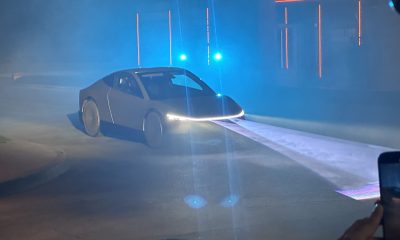
 News1 week ago
News1 week agoTesla Cybercab spotted testing on public roads for the first time
-
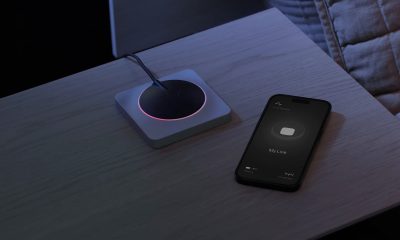
 Elon Musk6 days ago
Elon Musk6 days agoNeuralink’s first patient could receive an upgrade: Elon Musk
-
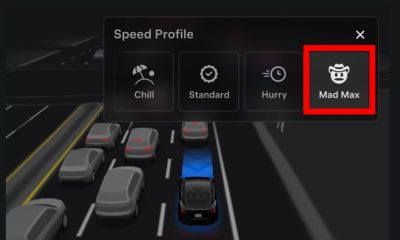
 News2 weeks ago
News2 weeks agoTesla ‘Mad Max’ gets its first bit of regulatory attention
-
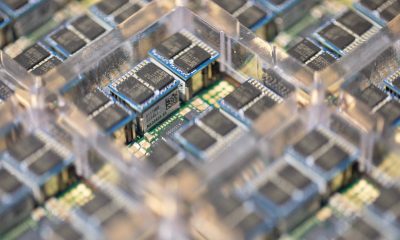
 News2 weeks ago
News2 weeks agoTesla reveals its plans for Hardware 3 owners who are eager for updates
-

 News6 days ago
News6 days agoNeuralink’s first human patient reflects on 21 months with brain implant “Eve”
-
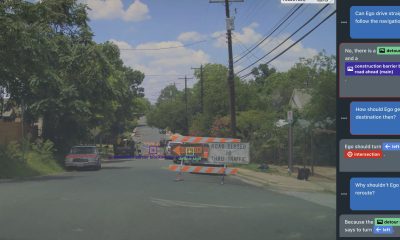
 News2 weeks ago
News2 weeks agoTesla VP explains why end-to-end AI is the future of self-driving
-
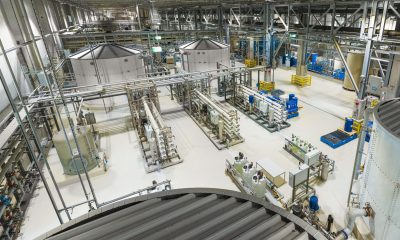
 News1 day ago
News1 day agoTesla Giga Berlin hits a sustainability milestone that’s so impressive, it sounds fake
-

 News6 days ago
News6 days agoTesla Cybercab almost looks production ready in new photos

